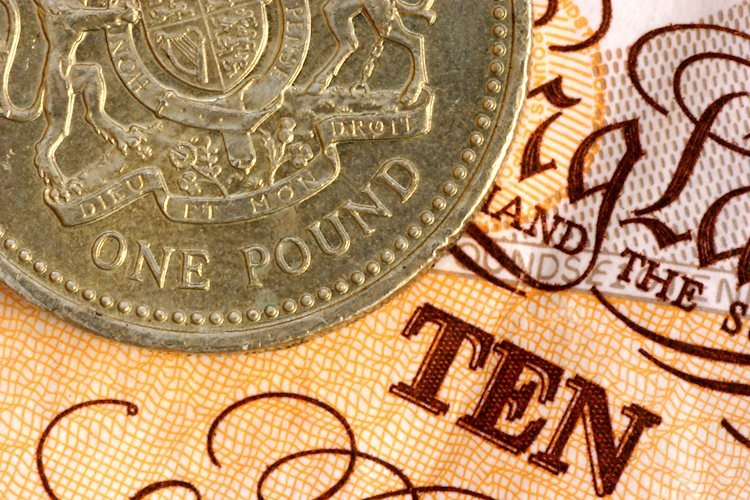In the latest market update, the Pound Sterling has undergone a correction against the US Dollar following weaker-than-expected UK Retail Sales data for June. This decline in consumer spending has raised doubts about the Bank of England (BoE) beginning to reduce interest rates in August. Additionally, uncertainty surrounding the US Presidential elections has increased the safe-haven appeal of the US Dollar.
The Office for National Statistics (ONS) reported that monthly Retail Sales in the UK contracted by 1.2%, exceeding economists’ estimates of a 0.4% decline. This sharp decrease in sales receipts was observed across the board, except in the automotive fuel sector. The disappointing Retail Sales data indicates that households are struggling with higher interest rates set by the BoE and uncertainties around potential rate cuts in August.
BoE policymakers are cautious about normalizing policy due to the sticky US core Consumer Price Index (CPI) and inflation in the service sector. Despite expectations of decreased Average Earnings data for the three-month period ending in May, the current pace of wage growth remains higher than needed to address price pressures. This factors into the skepticism surrounding BoE rate cuts in August.
On the other hand, the US Dollar has shown strength as it rebounds from almost a four-month low against other major currencies. Speculation regarding US President Joe Biden potentially not seeking re-election has led to a rise in political uncertainty, boosting the safe-haven appeal of the US Dollar. However, the Federal Reserve is expected to reduce interest rates in September, negating the dollar’s current recovery as traders anticipate two rate cuts this year.
The Pound Sterling has seen a decline against the US Dollar to near 1.2930, while the recovery in the US Dollar is predicted to be short-lived. The possibility of two interest rate cuts by the Federal Reserve this year has weighed on the Greenback’s outlook. Investors will closely monitor speeches by Fed officials for insights into the timing of potential rate cuts. Recent US inflation data has shown a slower-than-expected growth trend, further supporting the case for interest rate cuts in the near future.
In the technical analysis of the Pound Sterling, the GBP/USD pair has witnessed a correction towards 1.2920 after hitting a yearly high at 1.3044. The Bearish Belt Hold candlestick pattern on the daily timeframe indicates a potential reversal, but further confirmation is needed. The 20-day Exponential Moving Average (EMA) and the Relative Strength Index (RSI) suggest that the uptrend is still intact, with key support and resistance levels identified for the Pound Sterling.
Overall, the Pound Sterling’s correction against the US Dollar is driven by weaker UK Retail Sales data and uncertainties surrounding BoE rate cuts, while the US Dollar gains strength on expectations of Federal Reserve interest rate cuts. Traders are closely monitoring market developments and speeches by Fed officials for clues about the future direction of these currencies.











